Top Things to Know Before Buying a Small Portable Greenhouse
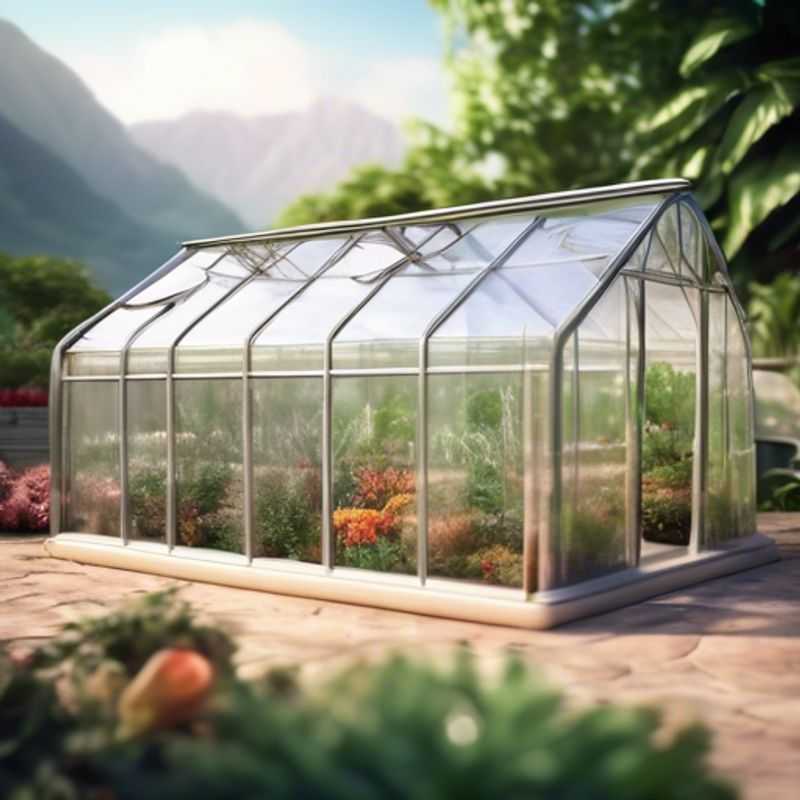
Top Things to Know Before Buying a Small Portable Greenhouse: Size, Material, Features, Assembly, Plants, Weight Capacity, and Quality
A small portable greenhouse can be a valuable addition to any gardener's toolkit, providing a controlled environment for nurturing plants year-round. However, selecting the right one requires careful consideration. Here are the top things to know before taking the plunge:
Determine the size and dimensions that will fit your available space. Measure your backyard, patio, or balcony to ensure the greenhouse will comfortably fit and provide adequate room for your plants to grow.
Consider the material construction for durability and weather resistance. Options include sturdy polycarbonate, lightweight PVC, and even eco-friendly bamboo.
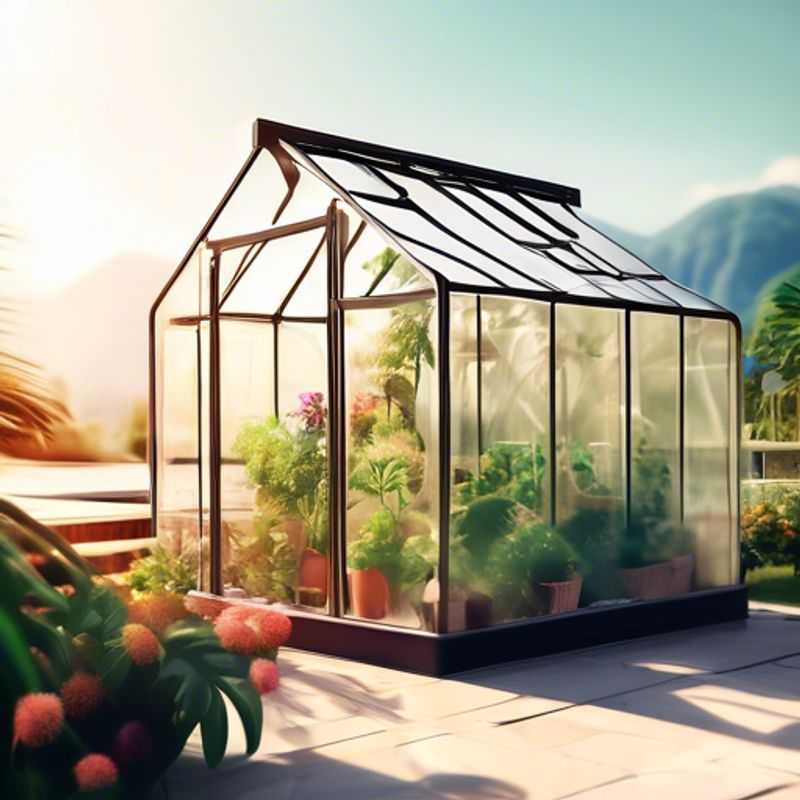
Sizing It Up: How to Determine the Perfect Fit for Your Space
Before you start any project, it's critical to determine the size and dimensions that will fit your available space. This helps ensure your project is feasible, efficient, and avoids costly mistakes. You can use these practical tips to achieve this:
1. Measure Carefully: Accurately measure the space you're working with. This includes height, width, and depth. Consider any obstructions or fixed elements that may limit your choices.
2. Consider Purpose: Determine what you want to accomplish in the space. Are you building a structure, installing a piece of equipment, or creating a layout? The purpose will influence the dimensions you need.
3. Explore Design Options: Sketch out your design or use software to visualize different options. This will help you compare various shapes and sizes to determine the best fit for your needs.
4. Account for Materials: Factor in the thickness and dimensions of the materials you plan to use. Consider the space they will occupy and how it impacts your overall footprint.
5. Leave Room for Movement: Allow enough space for access, movement, and functionality. You don't want to create a cramped or unusable area. This is crucial for ensuring safety and efficiency.
6. Consult Professionals: For complex projects, consider consulting professionals like architects, engineers, or designers. They can offer expert advice and ensure your project fits safely and effectively within the available space.
Remember, careful planning and consideration of space limitations will save you time, money, and potential headaches. By applying these practical tips, you can ensure your project fits perfectly within your available space.
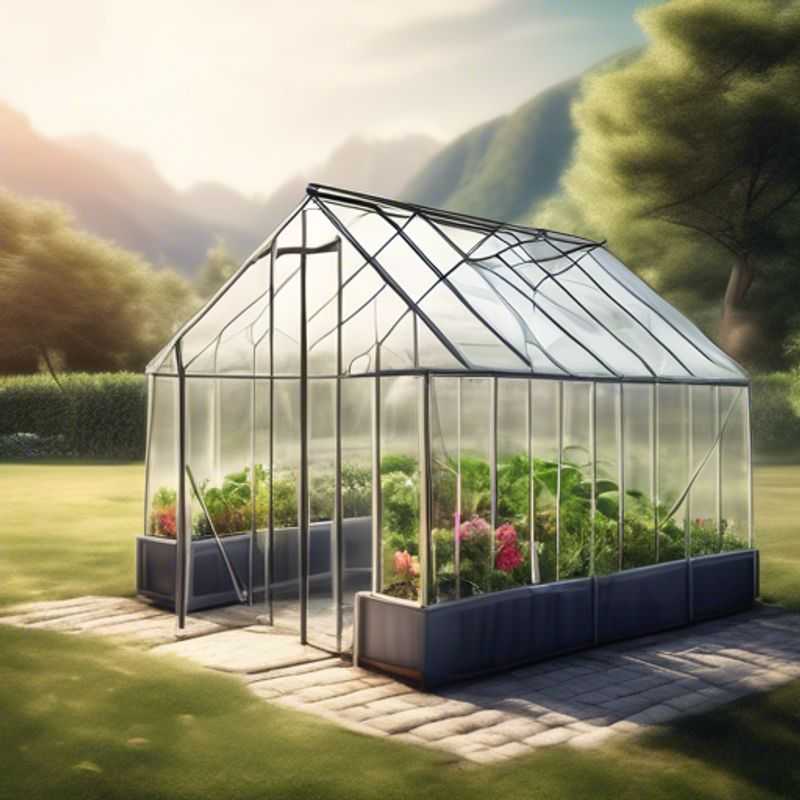
Material Matters: Choosing Durable and Weather-Resistant Products
Choosing the right materials for your product is crucial for its longevity and performance. Consider the intended use and environment to select materials that can withstand the expected wear and tear. For example, outdoor products need to be resistant to weather elements like rain, sun, and extreme temperatures.
Durability is a key factor in material selection. You want a product that can withstand the rigors of use without breaking down quickly. Some materials known for their durability include:
Metal: Metals such as steel, aluminum, and stainless steel are durable and can be used for various applications. Plastic: Certain types of plastic, like polycarbonate, are known for their strength and impact resistance. Wood: Hardwoods like oak and maple are durable and can be treated for weather resistance. Composite materials: Composites like fiberglass and carbon fiber offer high strength-to-weight ratios, making them suitable for demanding applications.
Weather resistance is another critical aspect to consider. Outdoor products, in particular, need to be protected from the elements. You can achieve this through:
Protective coatings: Applying paint, varnish, or powder coating can create a barrier against moisture, UV rays, and corrosion. Weatherproof materials: Some materials are inherently resistant to weather damage, such as certain types of plastics and treated wood. Proper design: Design features like drainage holes and sealed seams can help prevent water damage.
When making material choices, consider the cost, availability, and environmental impact. Some materials may be more expensive but offer superior performance and longevity, while others may be more economical but require more maintenance. Always choose sustainable options whenever possible to minimize your environmental footprint.
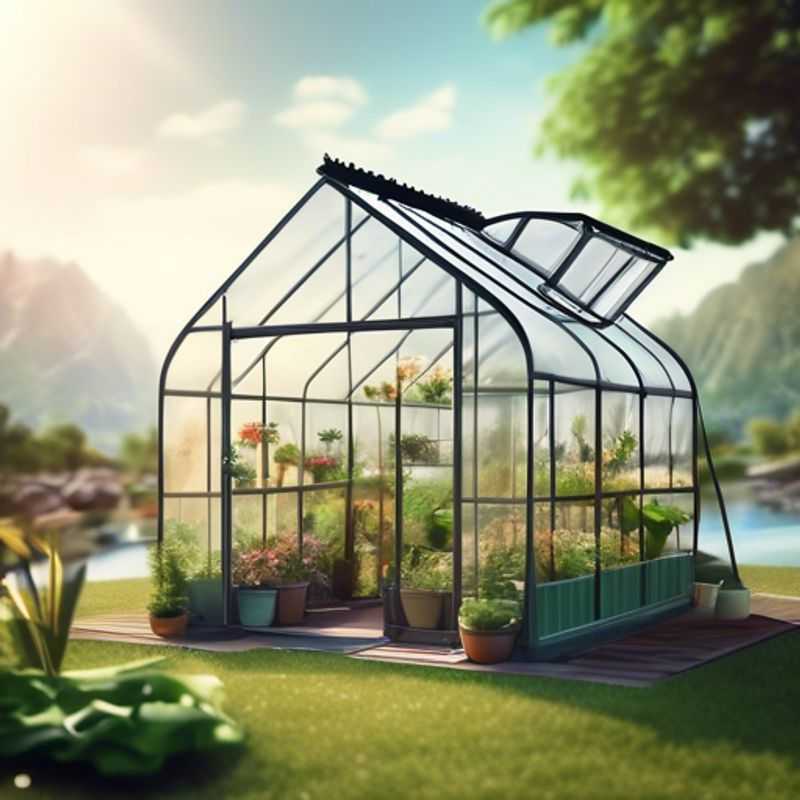
Smart Storage Solutions: Looking for Ventilation, Shelving, and Access Doors
When considering features like ventilation, shelving, and access doors for your product, keep in mind their vital role in safety, usability, and sustainability. Ventilation ensures proper airflow, preventing overheating and potential hazards. Well-designed ventilation systems promote efficient operation and longevity. Shelving provides organized storage, making it easier to access components, tools, and materials. This improves productivity and reduces wasted time. Access doors allow for convenient maintenance, repair, and upgrades. They simplify troubleshooting and minimize downtime, contributing to overall cost-effectiveness.
Remember, the design and implementation of these features may involve costs, so it's essential to weigh their benefits against the associated expenses. Carefully consider the specific needs of your product and its intended environment to make informed decisions. If you're unsure about the best approach, consulting with an engineer or experienced professional is always a good idea. Their expertise can help you develop a safe, functional, and sustainable product that meets your requirements.
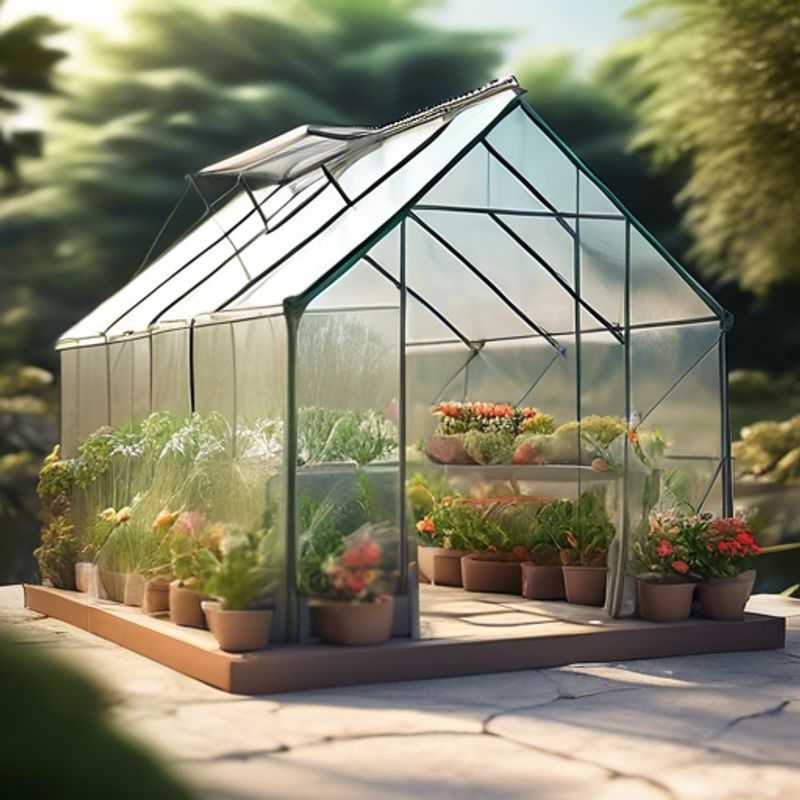
Ensuring Your Greenhouse is Easy to Assemble and Disassemble
Ensuring a greenhouse is easy to assemble and disassemble is crucial for both practical and economic reasons. Here's a summary of key points to consider:
Ease of assembly: Choose a greenhouse with a simple design, clear instructions, and pre-drilled holes for faster assembly. Look for lightweight materials and components that are easy to handle. Consider a modular design, allowing for sections to be assembled individually.
Ease of disassembly: Choose a greenhouse with easily removable parts, like panels that can be unclipped or screws that are readily accessible. Think about the storage space you have available and choose a greenhouse that disassembles into manageable components.
Cost considerations: Invest in a greenhouse that is durable and easy to assemble to avoid costly repairs or replacements. If you plan to move or store the greenhouse frequently, a lightweight and easily disassembled model will pay off in the long run.
Additional Considerations: Consider the size and weight of the greenhouse when making your decision. Research the availability of spare parts and consider the cost of labor if you require professional assembly or disassembly. Look for a warranty that covers both the assembly process and the product itself.
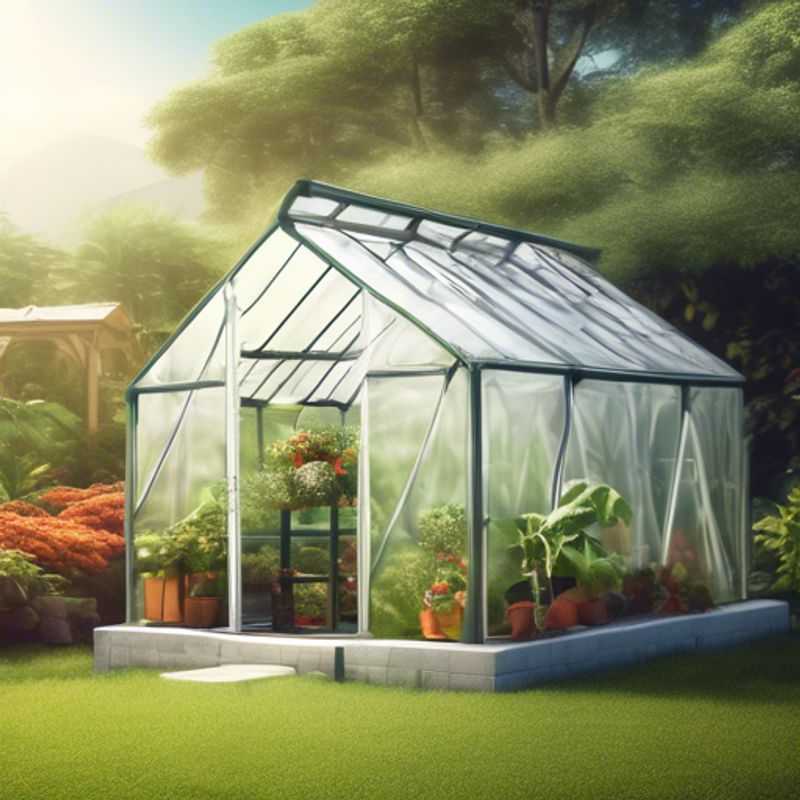
Researching Your Plants: Choosing the Right Species and Conditions for Success
Researching recommended plants and their growing conditions is essential for gardening success. Start by considering your climate and soil type. Local nurseries and gardening centers can provide tailored advice. Check online resources like the USDA Plant Hardiness Zone Map for specific climate information. Consider factors like sunlight exposure, water requirements, and pest susceptibility. A good understanding of these factors will help you choose plants that thrive in your garden.
Next, explore different plant varieties. Consider both their aesthetic appeal and their practical benefits. For instance, you might choose plants that attract pollinators, provide shade, or offer edible fruits or vegetables. Explore options for native plants that are well-suited to your region and require less maintenance. Remember to consider the plant's mature size. Make sure you have enough space for it to grow without crowding other plants.
Finally, research specific growing conditions. Learn about the ideal soil pH, water requirements, and fertilization needs for each plant. Consider using soil testing kits to understand the pH and nutrient content of your soil. This information will guide your planting and care practices. Consult reliable sources like gardening websites, university extension services, and reputable gardening books for accurate information.
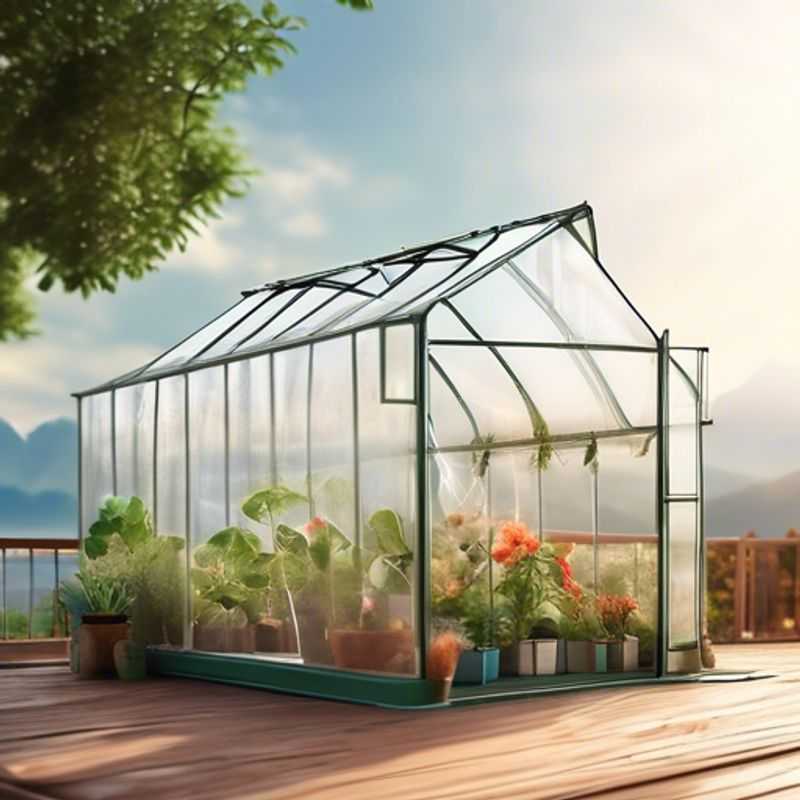
Don't Get Weighted Down: Checking Weight Capacity for Plant Supports
When designing a garden or choosing planters for your plants, it's crucial to consider the weight capacity of your chosen structure or containers. This might seem like a small detail, but it's essential for ensuring safety, stability, and the longevity of your plants.
Weight capacity refers to the maximum weight that a structure or container can safely support without risking damage or collapse. This includes not only the weight of the plants themselves, but also the weight of the soil, water, and any accessories like decorative elements or trellises.
To determine the weight capacity you need, consider the following factors:
1. Size and weight of the plants you intend to grow.
2. Type of container or structure. Some materials, like plastic, are lighter than others like ceramic or metal.
3. Amount and weight of the soil you'll be using.
4. Accessories you plan to add, like decorative elements, trellises, or hanging baskets.
For example, if you're building a raised garden bed, it's important to ensure its frame and materials can support the weight of the soil, plants, and any additions. Similarly, when selecting a planter, consider the weight of the plants, soil, and water it will hold. If you're using a hanging planter, check the weight capacity of the hook or bracket it will be attached to.
Ignoring weight capacity can lead to disastrous consequences, such as collapsed structures or planters, potentially injuring people or damaging property. It's always better to err on the side of caution and choose a structure or container with a higher weight capacity than you think you'll need. This will ensure the safety and stability of your plants and your garden as a whole.
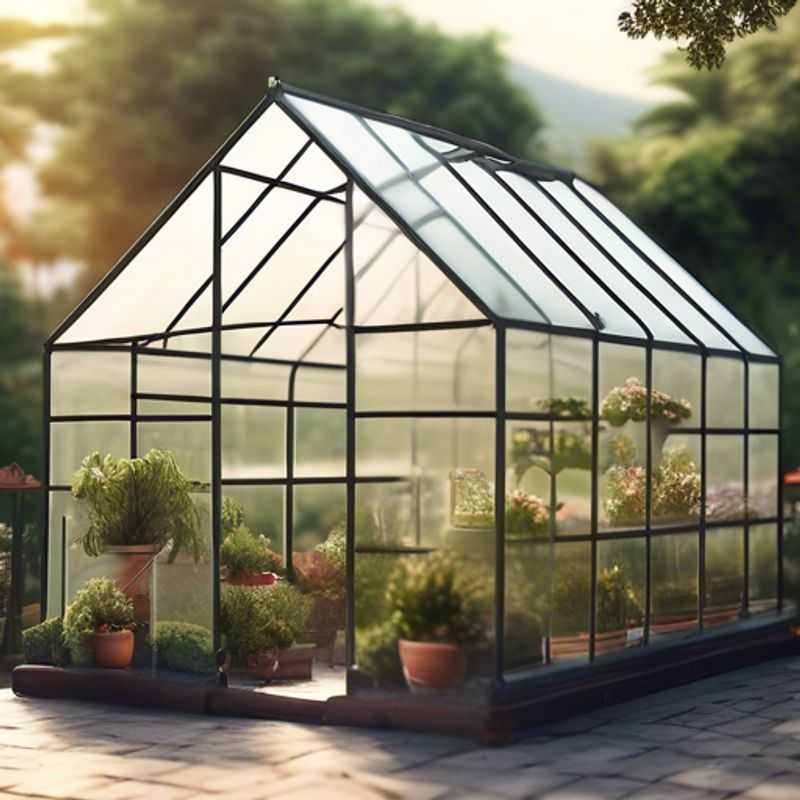
Evaluating Product Quality: A Guide to Customer Reviews and Beyond
Evaluating the overall quality and customer reviews of a product is crucial for making informed purchase decisions. While customer reviews offer valuable insights, they should be assessed with a critical eye. Look for reviews that provide detailed descriptions of the product's features, pros, and cons. Be cautious of reviews that are excessively positive or negative, as they might be biased or incentivized. It's also helpful to consider the reviewer's background and expertise. For example, a review from a professional electrician might be more valuable for a power tool than a review from a casual user.
Consider these factors when evaluating customer reviews:
* **Number and recency of reviews:** A larger number of recent reviews suggests a more active user base and potentially a better understanding of the product's performance.
* **Distribution of ratings:** A balanced distribution of ratings, with a mix of positive, negative, and neutral feedback, indicates a more realistic representation of the product's strengths and weaknesses.
* **Clarity and detail:** Look for reviews that offer specific examples of the product's use and its impact. Reviews that are simply "good" or "bad" are less informative.
* **Verifiable claims:** Be cautious of reviews that make extreme or unverifiable claims, especially those that are suspiciously positive.
Supplementing customer reviews with independent product testing and expert reviews can provide a more comprehensive picture of the product's quality. Look for reviews from reputable sources that have a history of unbiased testing and analysis.
Remember that a well-rounded evaluation considers both customer reviews and independent assessments to make a more informed decision. By taking the time to carefully evaluate product reviews, you can make wiser purchasing choices and maximize your satisfaction with your purchase.
